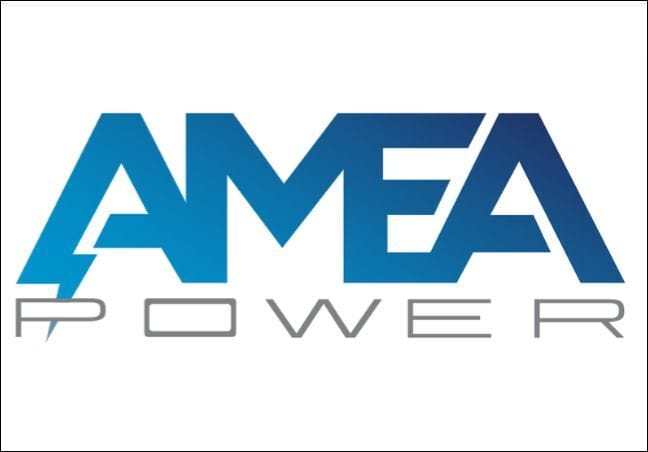- Hydrogen Rising
- Posts
- AMEA Power growing fast in Africa but struggling with retention
AMEA Power growing fast in Africa but struggling with retention

From the newsletter
UAE-based renewable energy developer AMEA Power has expanded rapidly across Africa over the past year. But an analysis of LinkedIn data reveals that the company, active in green hydrogen, solar and wind projects across the continent, is grappling with retention challenges, particularly in core operational roles.
Over the past year, AMEA Power’s African workforce grew by 18%, reflecting significant expansion. Hiring has outpaced departures, with 21 new hires compared to 8 exits, resulting in a net gain of 13 employees and an attrition rate of 12%.
While hiring suggests positive momentum, the company still faces internal churn in key functions. The operations team, which makes up nearly a quarter of the workforce (24%), recorded a 24% attrition rate, highlighting persistent retention challenges as the company scales.
More details
The retention challenge is further emphasised by the gap between experience and tenure within AMEA Power’s workforce. While employees bring an average of 12 years of professional experience, their average tenure at the company is just 1.6 years, suggesting that although AMEA attracts seasoned talent, it struggles to retain them over the long term.
Egypt remains the company’s core base, accounting for 46% of full-time staff and driving much of its recent growth. The number of employees in Egypt rose by 38% over the past year, likely reflecting increased staffing for active projects such as the recently commissioned 500 MW Ras Ghareb Wind Farm, the largest in Africa, and early-stage work on a 1 GW green hydrogen project in Ain Sokhna. These large-scale developments require strong local capacity across engineering, construction and operations, reinforcing Egypt’s role as a strategic workforce hub.
Smaller but notable talent gains were also recorded in Côte d’Ivoire and Uganda, likely tied to early-stage project activity. These include the recently launched 50 MW Bondoukou solar project in Côte d’Ivoire and the 24 MW Ituka Solar PV plant in Uganda, signalling a growing pipeline in these emerging markets.
Workforce numbers remained stable in Togo, where the Blitta solar plant is operational, and in Tunisia, where the 120 MW Kairouan solar project is just now entering construction. In contrast, the company recorded a significant staff decline in Burkina Faso, likely linked to the completion of the Zina solar plant. With construction wrapped up, local staffing needs may have fallen, resulting in limited new hiring despite continued presence.
From a functional perspective, the workforce is concentrated in operations (24%), engineering (17%) and project management (14%), aligning with the company’s active role in project delivery. But operations also sees the highest attrition, pointing to possible pressure points in execution, workload or continuity.
The company’s hiring patterns reflect growing visibility in Africa’s clean energy sector. AMEA Power has recently attracted talent from established players such as ELSEWEDY ELECTRIC, China Energy Engineering Group and Côte d’Ivoire Energies, while losing staff to competitors including Scatec ASA, Mulilo and Rand Merchant Bank. This highlights both rising demand for clean energy professionals and the challenge of workforce stability in a competitive labour market.
The role of Environment, Health and Safety (EHS) Manager stands out as the most dominant job title at the company, accounting for 10% of the company’s total workforce in Africa. The team grew by 40% over the past year with three new hires, pointing to a clear emphasis on strengthening safety and environmental oversight, likely driven by project expansion or regulatory needs.
AMEA Power’s workforce is notable for its strong business orientation. A quarter of employees hold an MBA, more than double the industry average of 10%. This suggests a deliberate focus on leadership, business acumen and strategic management across its growing footprint.
Our take
AMEA Power’s inability to retain seasoned hires raises questions about internal culture, role alignment or growth pathways and risks undermining continuity, institutional knowledge and morale.
High turnover in core functions like operations, where attrition is double the company average, is alarming and could point to stress in the company’s project delivery model. As the company scales rapidly, an inability to retain frontline talent risks delaying execution and eroding local credibility.
With a quarter of staff holding MBAs, more than twice the industry average, AMEA Power is clearly investing in leadership and commercial depth. The challenge will be to translate this executive firepower into resilient, scalable teams on the ground. countries are not left behind in attaining the global clean energy goals.